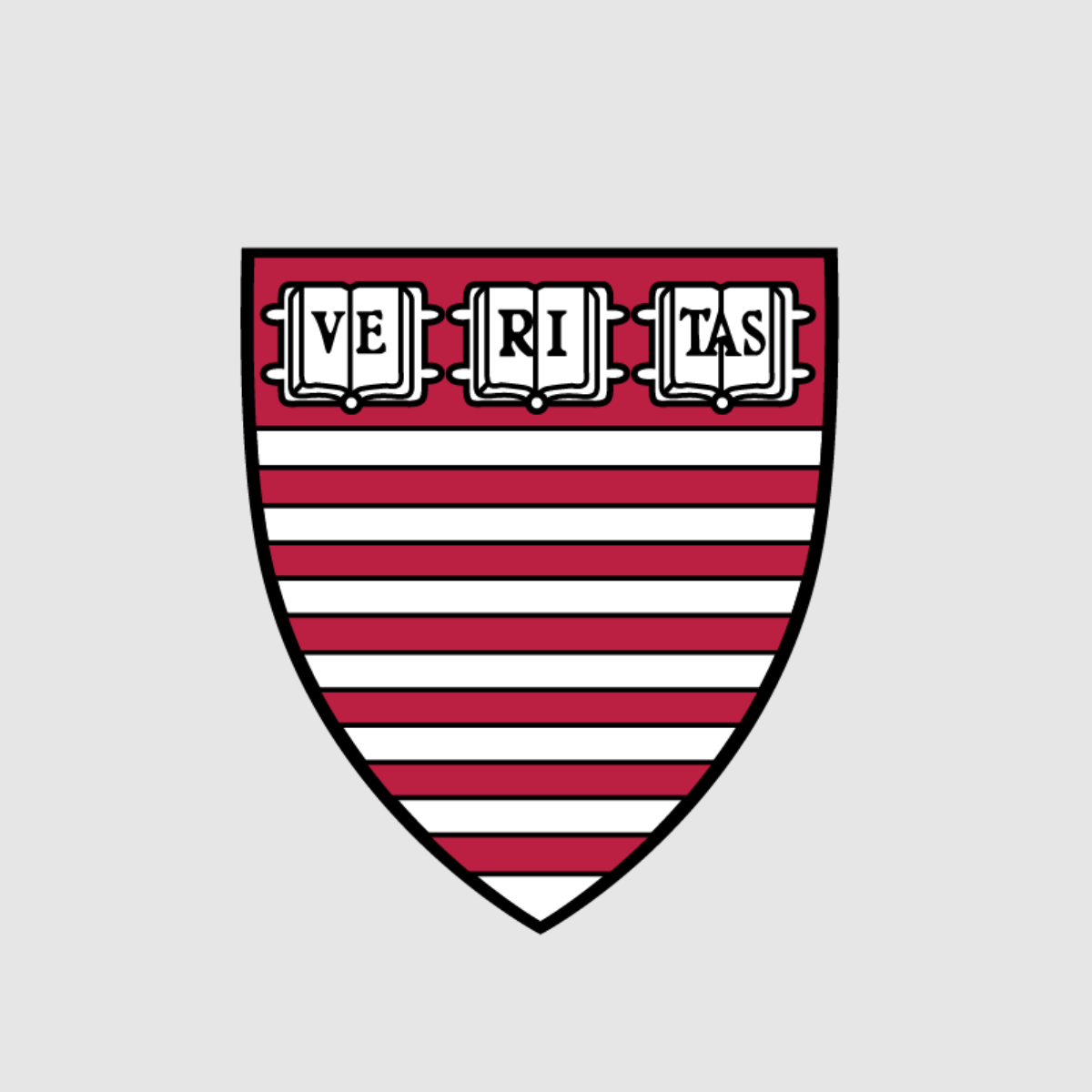Feature
Alumni in the Field: Congress for the New Urbanism Recognizes Ash Fellow Edgar Mora
Located in Costa Rica’s lush Central Valley on the border of San José, Curridabat boasts 360-degree mountain views, vibrant commercial areas, and a solid middle class, making it a desirable destination for tourists and families alike. This city of 70,000 people has recently received additional recognition for its strong civic leadership and innovative approach to charting its future.
In June 2014, Curridabat was awarded Best City Plan by the Congress for the New Urbanism (CNU), the leading organization promoting walkable, mixed-use neighborhood development and sustainable communities. Curridabat’s mayor, Edgar Mora Altamirano, drafted the plan shortly before taking a one-year leave of absence to pursue an MPA degree at the Harvard Kennedy School made possible by a Roy and Lila Ash Fellowship at the Ash Center.
Describing their decision to recognize Curridabat, the CNU committee wrote, “Mayor Edgar Mora Altamirano and the local government have become unusually engaged in city building and creating community. The result is a forward-thinking initiative to harness sprawl and revitalize lackluster architecture in a growing community that desperately needs it.”
Mora’s plan outlines his vision to increase walkability and usability, decrease congestion and aimless suburban sprawl, and promote environmentally conscious architecture. It calls for several major roads to be transformed into safer corridors and bike paths, as well as for the construction of more mixed-use housing to account for the prevalence of private spaces that function as both homes and businesses.
The CNU committee praised not only the design of the plan, but also the way in which Mora and his colleagues involved the local community in crafting it.
“We embraced the idea of the people being co-designers,” said Mora, who ran a series of urban planning workshops for Curridabat residents. “At first, involving the community may seem like a way to risk losing authority and we didn’t know how prepared they would be for the very technical task of designing a city. But what we learned is that citizens, as very intensive users of the city, know very well what is working and what is not.”
The workshops were dynamic and well-attended, and provided Mora with a clear understanding of what Curridabat residents wanted from their city—walkable, bikeable neighborhoods with more affordable housing and a smaller carbon footprint.
The plan is currently in the first stages of implementation with several green-building projects slated for the upcoming year. Mora’s long-term strategy is to update the plan on a biannual basis using citizens’ feedback and a survey he created called the Atlas of Sociality. Developed during Mora’s time at the Ash Center, the survey connects residents’ experiences, overall wellbeing, and sense of community to their physical place.
Mora graduated from HKS this past spring and returned to Curridabat to resume his post as mayor, though he continues to be involved with the Ash Center. He is part of a group of students and alumni led by Ash Center Professor Mayne studying how urban design can impact civic participation and strengthen democracy. Curridabat will serve as a test case for new ideas and initiatives brought forth by the group.
Reflecting on his time at HKS, Mora says: “I came to Harvard to be a thinker as well as an operator. I was interested in theory and power, urban planning and civic participation, and I found what I was looking for through my classes and activities sponsored by the Ash Center. I discovered that my passion is for cities and the beautiful task of shaping their character.”
